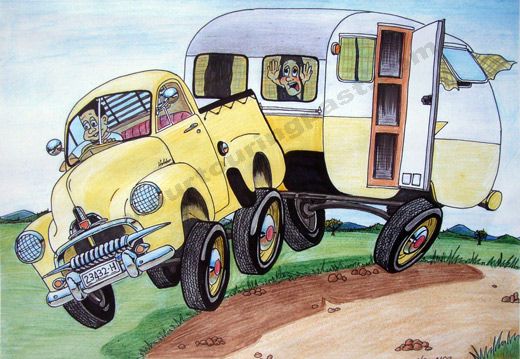China’s naval ambitions have suffered a major blow after one of its newest nuclear-powered attack submarines sank earlier this year. The incident occurred at a shipyard near Wuhan in late May or early June and has remained largely concealed by Chinese authorities, adding to the country’s ongoing struggles.
The ill-fated submarine, the first of a new class of Chinese nuclear-powered vessels, was undergoing its final equipping before its planned launch at sea when the accident occurred. The exact details remain unclear, but reports indicate that large floating cranes were deployed in early June to salvage the submarine from the riverbed. The situation is a significant embarrassment for the China State Shipbuilding Corporation (CSSC), the entity responsible for constructing the sub.
The vessel’s damage will take months to repair, delaying its deployment and dealing a blow to China’s aspirations to modernize and expand its nuclear submarine fleet.
The sinking of the submarine has fuelled criticism of corruption and inefficiency within the Chinese military and defence industry. As one of the first of its class, this submarine was part of China’s broader effort to challenge U.S. naval dominance, particularly in the Indo-Pacific region. The setback hampers these goals, not only delaying the expansion of China’s submarine force but also raising questions about the reliability of its defence manufacturing processes.
There are additional concerns regarding the potential for nuclear leaks and environmental consequences, given the nature of the vessel. While China has not released any official information on this front, the possibility of radiation hazards has raised alarm among analysts.
For the United States, the incident serves as a moment of both caution and reflection. The Pentagon considers China its principal long-term “pacing challenge” as it aims to keep up with China’s growing military might. This submarine mishap, however, reveals weaknesses in China’s defence infrastructure, potentially slowing its progress toward becoming a dominant maritime power. The U.S. has pointed to the incident as evidence of corruption and systemic issues plaguing China’s defence industry, giving it room to maintain its technological edge in undersea warfare.
Despite the setback for China, U.S. officials remain vigilant. The long-term threat posed by China’s expanding military capabilities continues to shape the U.S. defence strategy, particularly in the Indo-Pacific.
The sinking of submarines during construction is not unique to China. In 1969, the U.S. Navy faced a similar disaster when the USS Guitarro, a nuclear-powered attack submarine, sank at a shipyard in California due to construction errors. It took 32 months to fully repair and commission the vessel, a timeline that China’s military may face as it works to restore its sunken submarine.
While such setbacks are rare, they highlight the complexities of submarine design and construction. In both cases, these incidents delayed naval expansion plans, embarrassed government officials, and caused broader public scrutiny.
The sinking of China’s newest nuclear-powered attack submarine marks a significant setback in its naval ambitions. As the country seeks to grow its military influence, this incident underscores the challenges it faces in achieving its objectives. For now, the world’s focus remains on how China addresses this internal crisis and how it will impact the geopolitical landscape of maritime power in the coming years.









